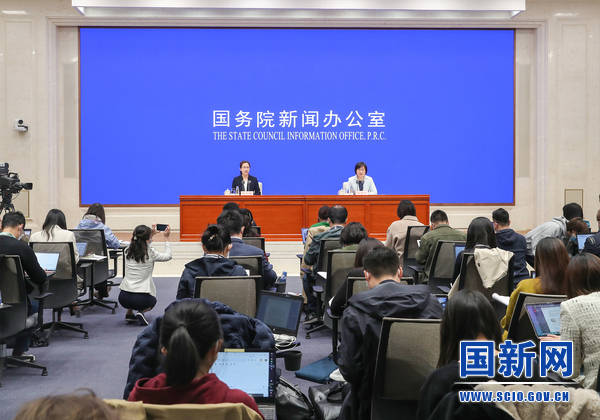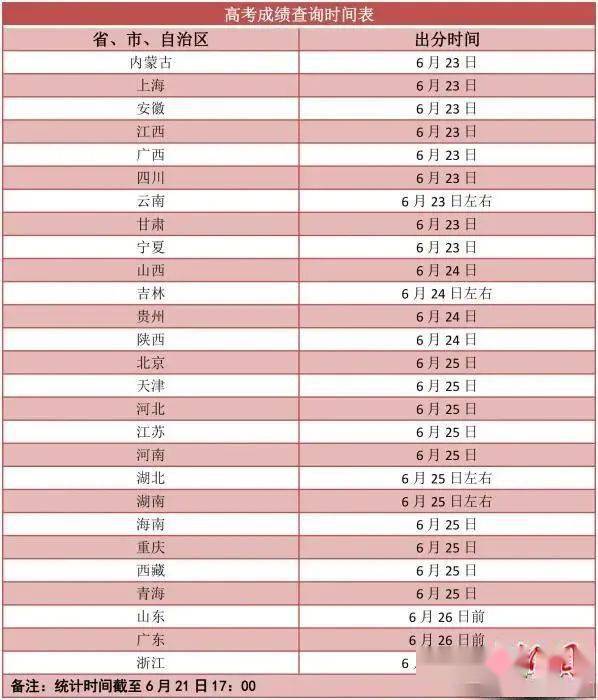The gross domestic product in the first quarter of 2021 is 24,931 billion yuan, a year-on-year increase of 18.3%

The scene of the press conference.Guoxin Network Map
What factors contributed to the 18.3% rapid growth of GDP in the first quarter?
On April 16, at a press conference held by the State Council Information Office on the operation of the national economy in the first quarter of 2021, Liu Aihua, spokesperson for the National Bureau of Statistics and Director of the General Statistics Department of the National Economy, responded because of the low base in the same period last year and the local Chinese New Year. As a result of the increase in working days, the year-on-year growth rate this year has shown a different trend from previous years. Judging from the year-on-year situation, due to the gradual recovery of market demand, the low base of the previous year, and the on-site Chinese New Year, the main indicators have shown double-digit growth.
Liu Aihua said that in the first quarter of this year, in the face of the winter and spring epidemic test and the uncertainty of the external environment, the results of the overall planning of epidemic prevention and control and economic and social development have been consolidated and expanded. On the whole, my country’s economy has continued to recover steadily, with a good start.
The characteristics are mainly reflected in five aspects: First, the production demand continues to improve. Because of the low base in the same period last year and the increase in working days caused by the local Chinese New Year, the year-on-year growth rate this year showed a different trend from previous years. Judging from the year-on-year situation, due to the gradual recovery of market demand, the low base of the previous year, and the on-site Chinese New Year, the main indicators have shown double-digit growth. In the first quarter, the gross domestic product increased by 18.3% year-on-year, the added value of industrial enterprises above designated size increased by 24.5%, the total retail sales of consumer goods increased by 33.9% year-on-year, fixed asset investment (excluding rural households) increased by 25.6%, and total imports and exports of goods increased by 29.2%. . The year-on-year growth rate of these indicators is double-digit.
From the quarter-on-quarter perspective, the main indicators continued to grow. In the first quarter, the value added of the industrial enterprises above designated size increased by 2.01% from the fourth quarter of the previous year, the total retail sales of consumer goods increased by 1.86% from the previous quarter, and the fixed asset investment increased by 2.06% from the previous quarter. From the two-year average growth rate, in the first quarter, GDP grew by 5% in two years on average, the added value of industrial enterprises above designated size grew by 6.8% on average in two years, the total retail sales of consumer goods grew by 4.2% on average in two years, and investment in fixed assets for two years. The average growth rate was 2.9%, and the two-year average growth rate of total imports and exports of goods was also close to 10%. Liu Aihua said that based on these indicators, the overall economy is in a stable recovery state.
Second, employment prices are generally stable. In the first quarter, the surveyed unemployment rate in cities and towns across the country averaged 5.4%, a year-on-year decrease of 0.4%. Among them, it was 5.3% in March, down 0.6% year-on-year. In the first quarter, 2.97 million new jobs were created in cities and towns across the country, fulfilling 27% of the annual target and tasks. From the perspective of prices, consumer prices in the first quarter remained flat year-on-year. In March, the decline of 0.2% in the previous month turned to an increase of 0.4%, indicating a relatively moderate increase.
Third, the rapid growth of new kinetic energy. In the first quarter, the high-tech manufacturing industry above designated size increased by 31.2% year-on-year, and the two-year average growth rate was 12.3%. The added value of the equipment manufacturing industry increased by 39.9% year-on-year, and the two-year average growth rate was 9.7%. These two growth rates are faster than the overall growth rate of all industries above designated size. Investment in high-tech industries increased by 37.3% year-on-year, with an average growth rate of 9.9% in two years, which was 7 percentage points faster than total investment. The output of smart low-carbon products has grown rapidly. In the first quarter, the output of new energy vehicles, industrial robots, and microcomputer equipment increased by 3.1 times, 1.1 times, and 73.6% respectively year-on-year, and the average growth rate for the two years exceeded double digits. New business formats and new models continue to emerge. New models such as live streaming, online diagnosis and treatment, and remote office are developing well, and online and offline integration is speeding up. The online retail sales of physical goods in the first quarter increased by 25.8% year-on-year, and the two-year average increased by 15.4%, accounting for 21.9% of the total retail sales of consumer goods.
Fourth, the quality and efficiency have been steadily improved. First look at corporate profits. From January to February, the total profits of industrial enterprises above designated size increased by 1.79 times year-on-year, an average increase of 31.2% in two years; service enterprises above designated size turned losses into profits, achieving a total profit of 169 billion yuan, compared with the same period last year. in loss. Residents’ income continued to increase. In the first quarter, the national per capita disposable income increased by 13.7% year-on-year in real terms, with an average growth rate of 4.5% in two years; rural residents’ income grew faster than urban residents. Energy consumption per unit of GDP continued to decline. According to preliminary calculations, energy consumption per unit of GDP in the first quarter fell by 3.1% year-on-year.
Fifth, market expectations are stable and improving. In March, China’s Manufacturing Purchasing Managers’ Index was 51.9%, an increase of 1.3 percentage points from the previous month, and was in the boom range for 13 consecutive months; the non-manufacturing business activity index was 56.3%, an increase of 4.9 percentage points; the composite PMI output index was 55.3%, an increase of 3.7 percentage points.
Liu Aihua said that the economic recovery in the first quarter of this year continued, and positive factors were accumulating. At the same time, we must also see that the international epidemic is still spreading, the international environment is still complex and severe, the foundation for domestic economic recovery is not yet solid, and some service industries and small and micro enterprises are still facing more difficulties in their production and operation. “We still have to continue to follow the deployment of the Central Economic Work Conference and the government work report to further increase the relief of enterprises, maintain the continuity, stability and sustainability of macroeconomic policies, and promote economic stability and recovery.”
(This article is from The Paper. For more original information, please download the “The Paper” APP)





























































You must log in to post a comment.